Your Android phone could soon look quite different. Android 16 and Wear OS 6 are both on their way to an Android device near you, along with a new look based on Google’s updated design language, called Material 3 Expressive.
Based on 2021’s Material You design update, which has governed the look and feel of Android to the present day, Material 3 Expressive refreshes things across Android itself, WearOS on smartwatches and Google’s own apps like Gmail or Google Photos.
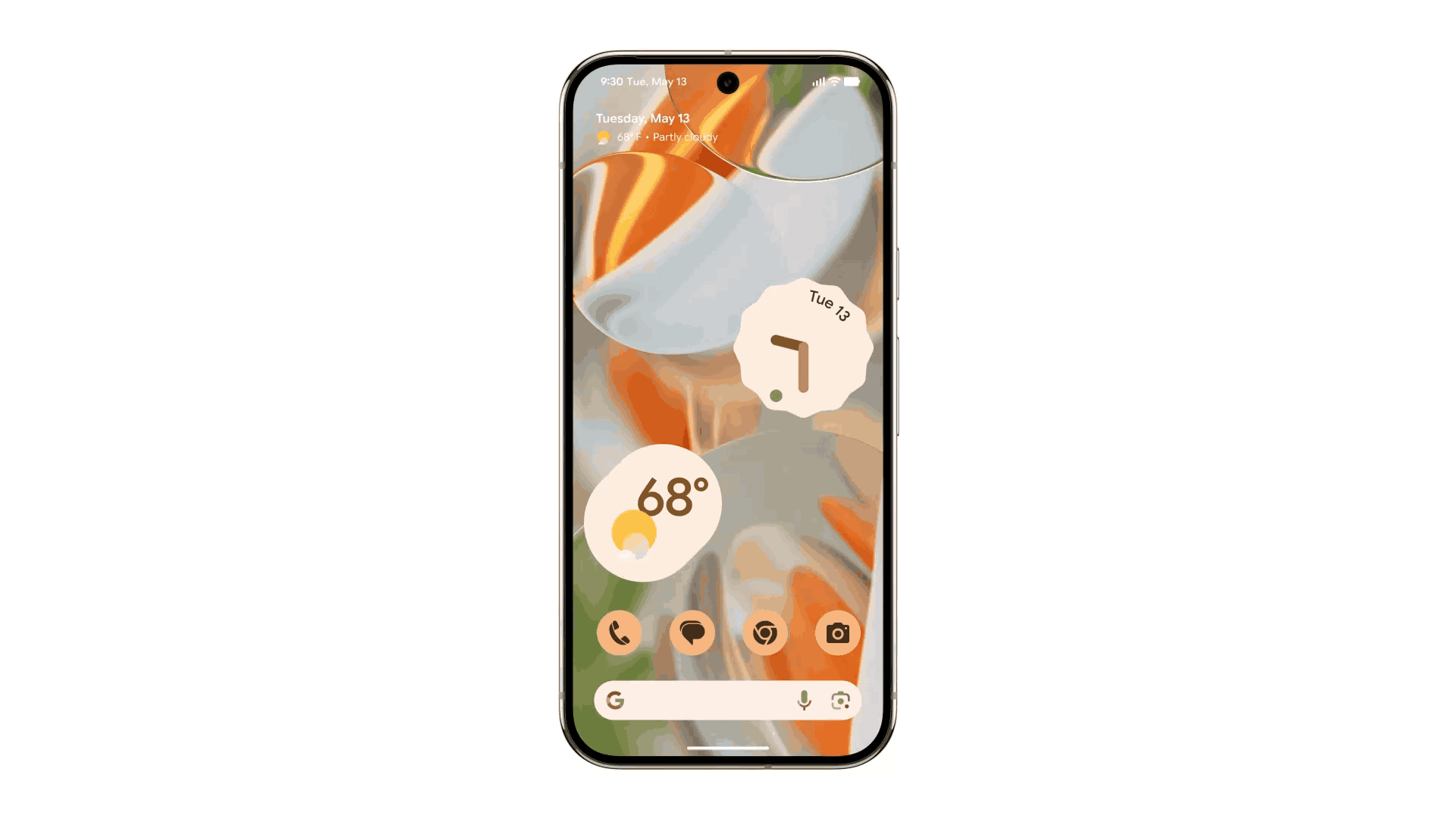
The changes are coming to Pixel devices first with Android 16 and WearOS 6 “later this year,” so keep a look out for the changes once the update is available on your phone. Other brands of Android phone will likely get this later, possibly even next year depending on how quickly they adapt their Android skins to the new version.
This announcement is part of Google’s Android Show: I/O Edition presentation, which has more to share than just design elements of Google’s mobile OS. Check out our Android Show: I/O Edition live blog for the latest details.
So what’s new?
The goal of Material 3 Expressive is to add even more personalization and, unsurprisingly, expressiveness into Android, helping the OS feel more premium and engaging to use while still be straightforward to navigate.
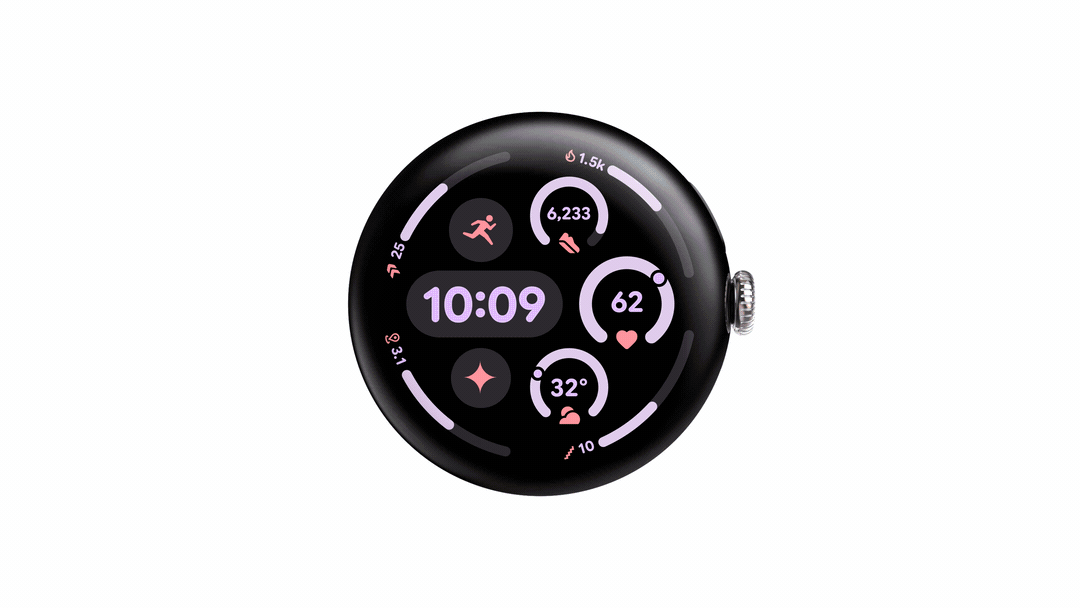
For instance, system animations are getting a more fluid and bouncy look, with icons reacting as you tap others nearby, paired with haptic feedback.
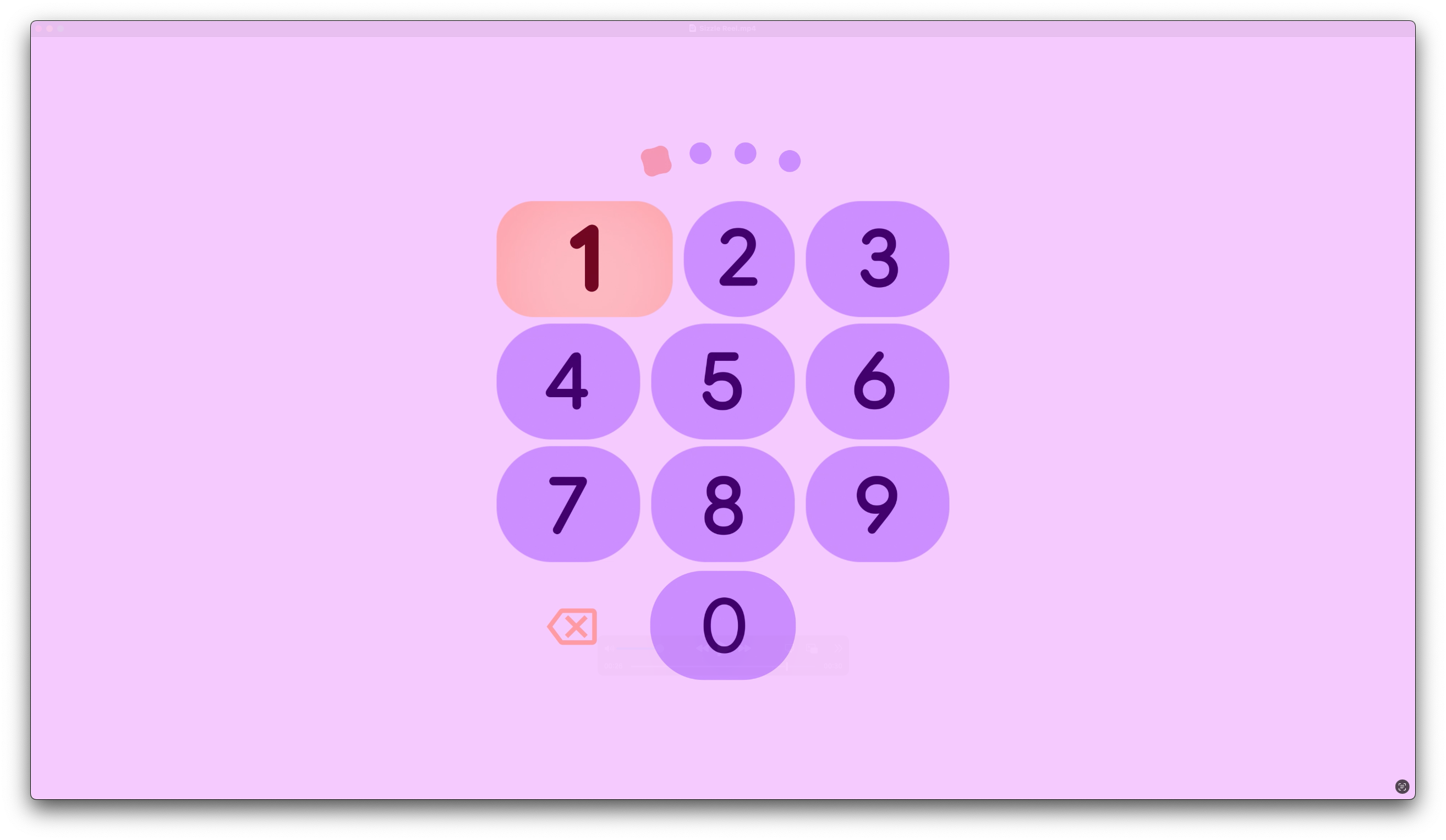
Meanwhile, Google promises better responsiveness when it comes to setting custom themes for the interface and Google-made apps. So if you have a favorite wallpaper and a preferred system font that you want your whole phone to match, your device should look much more cohesive with the help of Material 3 Expressive. This applies to smartwatches too, with theming based on your chosen watch face.
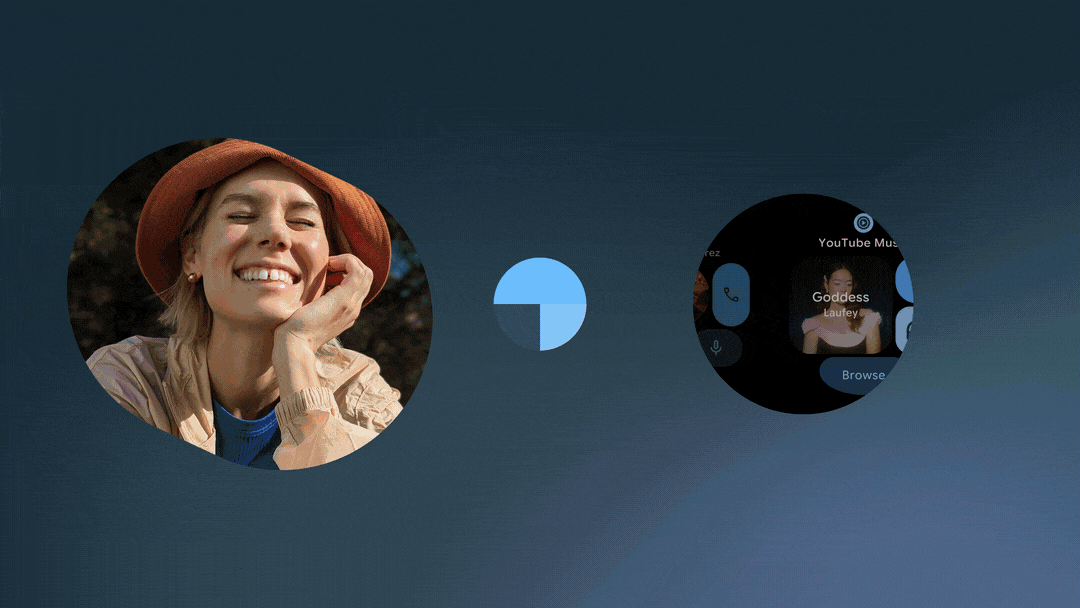
Importantly, Google says that none of this will impact battery consumption. New, more demanding OS versions can often be a curse on older phones, especially as their batteries degrade at the same time. But it at least sounds like Google’s thought about this problem, if not outright addressed it.
Material changes
In terms of actual functionality, Android 16 makes a couple of big changes. First, there are new options to adjust your quick settings menu, positioning common functions more to your liking.

Google is also Live Updates for tracking the progress of ongoing orders or rideshare and mapping app trips.
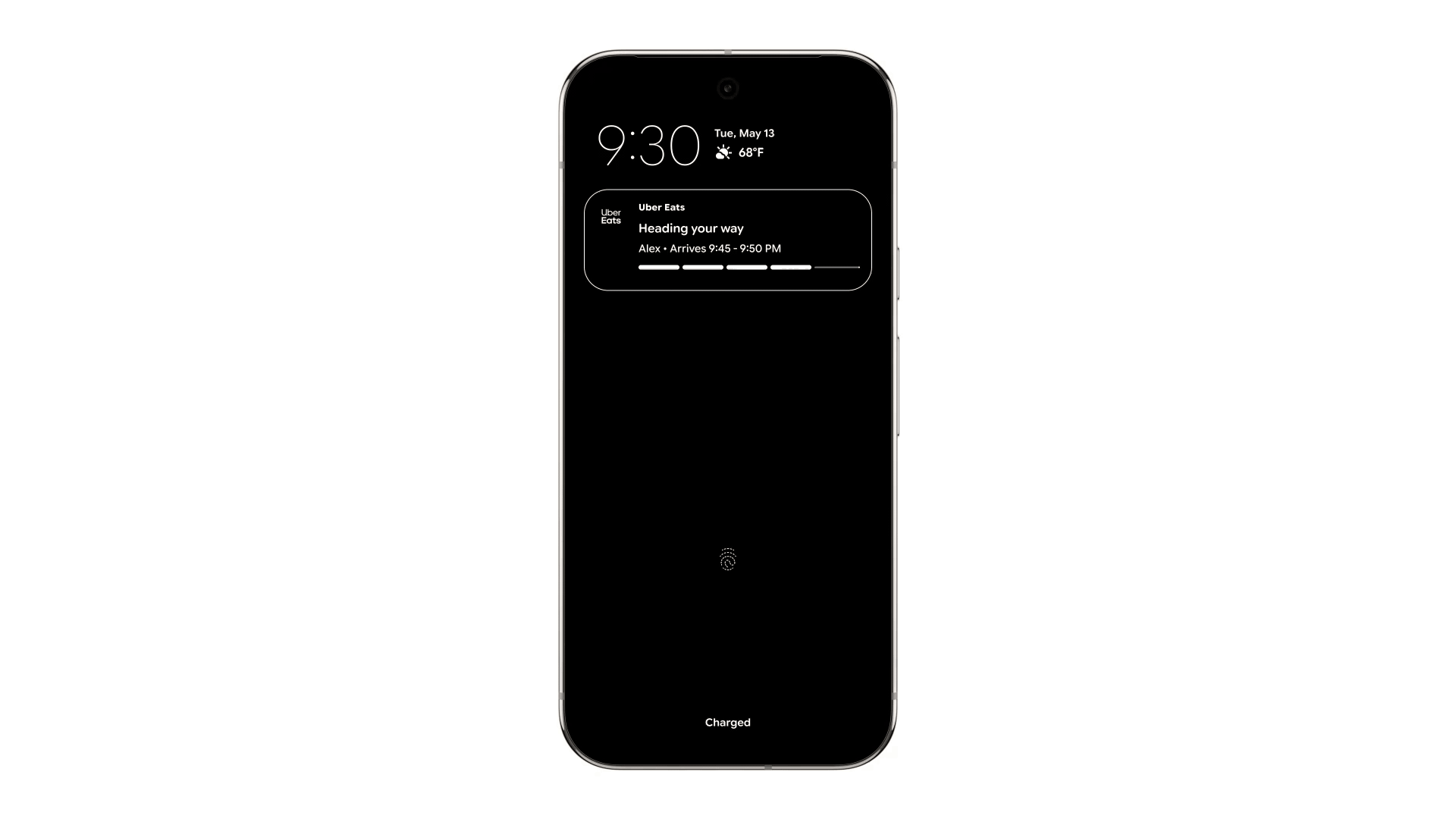
These can appear on the always-on display or lock screen as you’d expect. but they can also show up in your notifications shade as well as in a small pill in the status bar that you can access from wherever. You might be familiar with the iOS equivalent, Live Activities, or various copycats from specific Android vendors, but Live Updates is built into Android 16 by default, hopefully making existing versions better and allowing companies who’ve yet to try this feature to implement it themselves.
Material 3 Expressive outlook
So overall we have some interesting alterations, and a fresh coat of paint, to look forward to with Android 16. But there will still be a wait, be it long or short, to test these for yourself. As soon as we get access, we’ll be exploring the whole interface to let you know what these changes actually amount to.
Also, don’t forget to look at our Android Show: I/O Edition and our Android Show: I/O Edition live blog to see what else Google’s been showing off.



